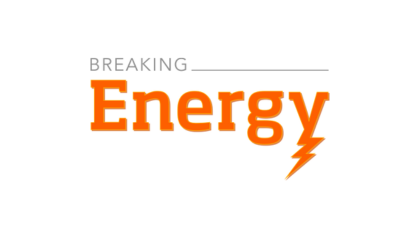
A new US government estimate for the amount of natural gas contained in the Marcellus Shale is sharply lower than earlier projections.
But the new estimate has not undermined expectations that the Eastern US field will become one of America’s most important energy sources in coming years.
The US Geological Service said on Tuesday that the Marcellus contains about 84 trillion cubic feet (tcf) of undiscovered, technically recoverable natural gas, much higher than its previous estimate nine years ago but markedly lower than other government and academic forecasts.
The differences lie in different methods employed by different forecasters, analysts said.
Travis Windle, a spokesman for the Marcellus Shale Coalition, a Pennsylvania-based gas industry group, said the USGS estimate does not actually call into question earlier estimates for the total amount of gas in the Marcellus.
Parsing The Differences
Those estimates include one from Dr. Terry Engelder, a geosciences professor at Pennsylvania State University, whose 2008 estimate for Marcellus potential helped to set off the current drilling boom. Engelder’s numbers are generally accepted by the industry.
In 2009, Engelder raised his estimate to 489 tcf, an extrapolation based on areas that were geologically similar to those that had actually produced gas. Engelder’s estimate represents enough natural gas to satisfy total US demand for more than 20 years at the current consumption rate of 24 tcf a day.
“Nothing the USGS says contradicts anything that Terry Engelder or others have previously determined,” Windle said.
The Penn State professor said he stands by his estimate which he said is not comparable to the more-conservative USGS number. His forecast does not take into account how much Marcellus gas economically extractable, and that may account for some of the difference with the USGS report.
“I never suggested that all of the Marcellus Shale was economic,” he said. “It was just what was there.”
Accuracy At Issue
Questions over whether some energy companies have accurately projected natural gas production to investors led New York Attorney General Eric Schneiderman in early August to issue subpoenas to Range Resources, Cabot Oil & Gas and Goodrich Petroleum, seeking information on how much gas their wells will produce in coming years, according to a person with knowledge of the matter.
The Marcellus Shale Coalition said the probe will reveal abundant production.
“We think what he’s about to learn, grudgingly, from this exercise is that the shale phenomenon is real, it’s producing volumes of energy no one previously thought possible,” the group said in a statement.
The USGS estimate is also sharply lower than the 410 tcf published by the US Energy Information Administration earlier this year.
EIA spokesman Philip Budzik said the two numbers are “directly comparable” and the agency will be accepting the new number because USGS has the expertise and the resources to produce credible data.
“We consider the USGS has the expertise on matters of oil and gas estimates,” Budzik said. “They know the geology better than we do.”
When Less Gas Doesn’t Mean Less Production
He said EIA officials have not yet determined why the USGS estimate was so much lower. Even if the new numbers indicate gas reserves are smaller than previously thought, that need not imply lower output from the highly productive Marcellus field because gas-extraction technology is likely to get better, Budzik said.
Alex Demas, a spokesman for the USGS, said the main difference between the two agencies’ numbers is that while USGS estimates undiscovered reserves, EIA publishes reserves numbers based on gas proven to exist during drilling by energy companies.
For more on the science and luck of finding natural gas and quantifying reserve estimates, read this story or listen to this podcast.
